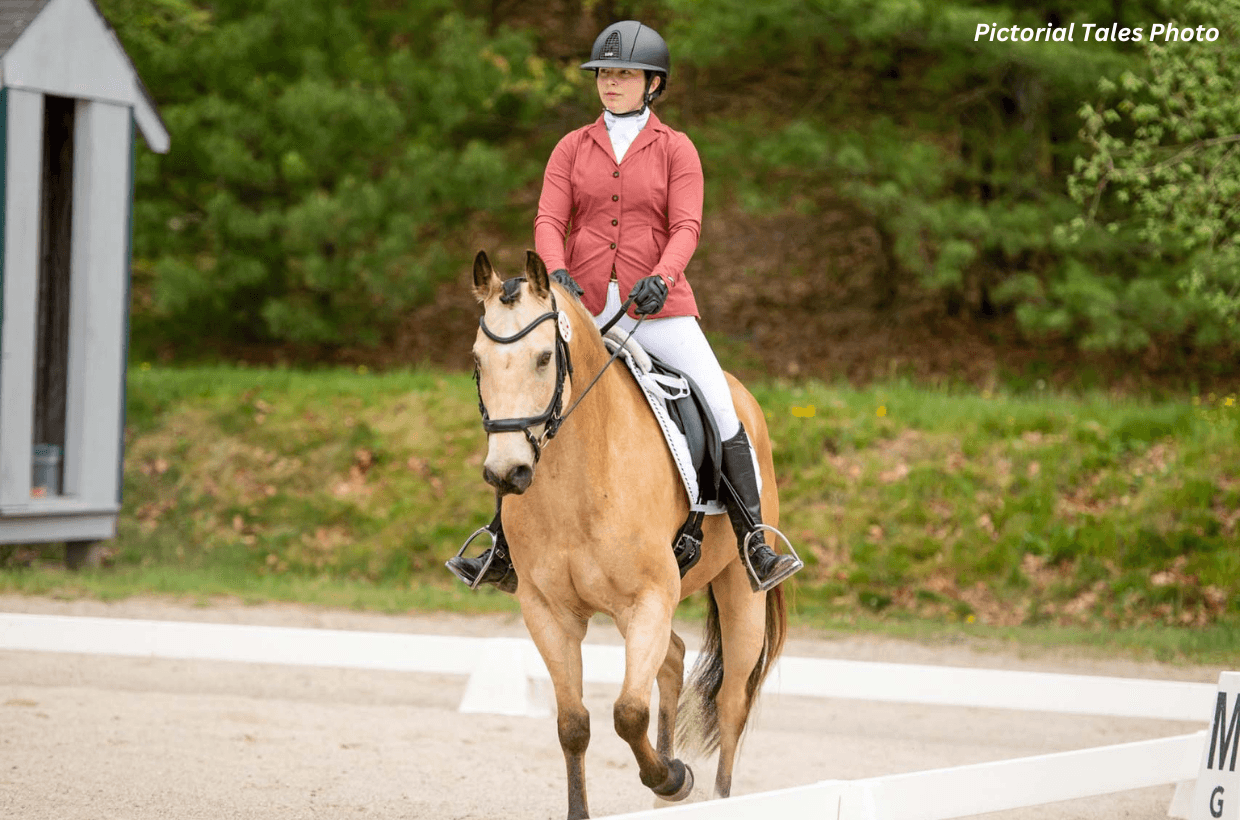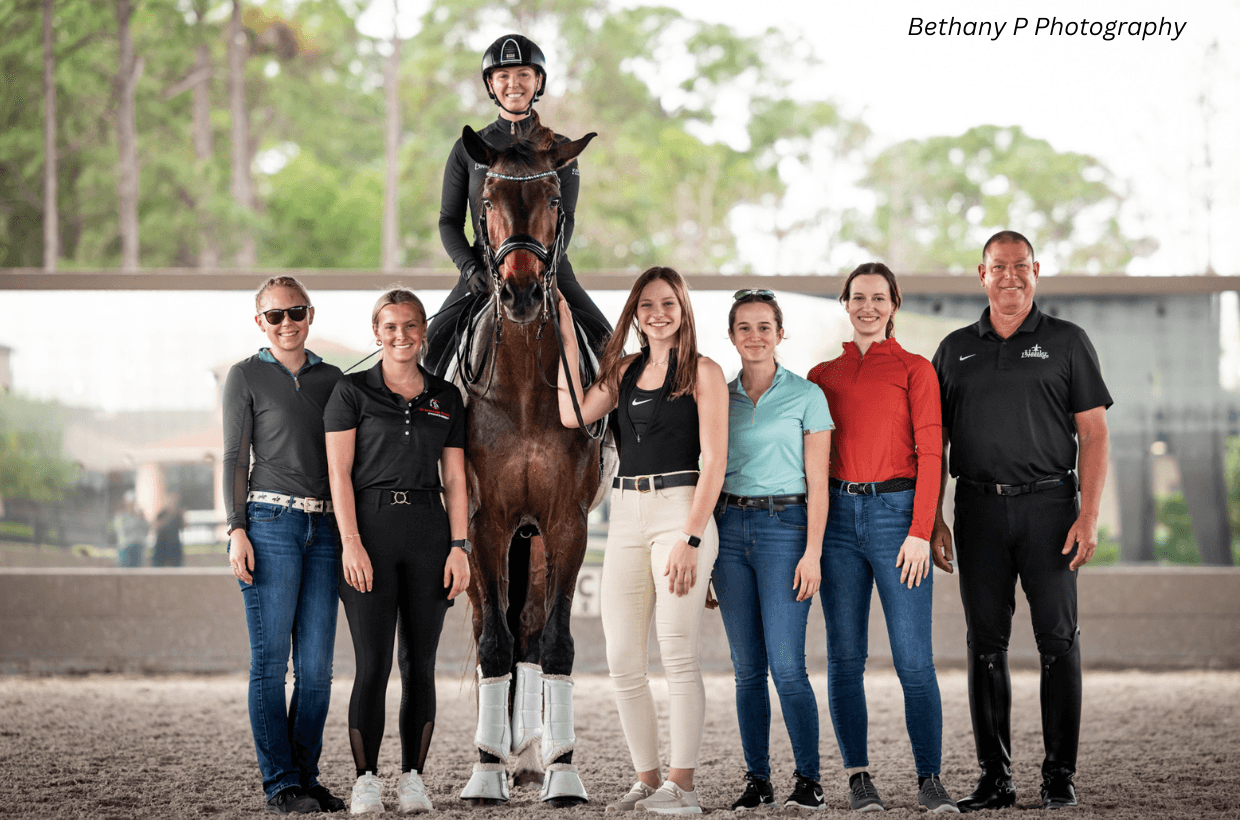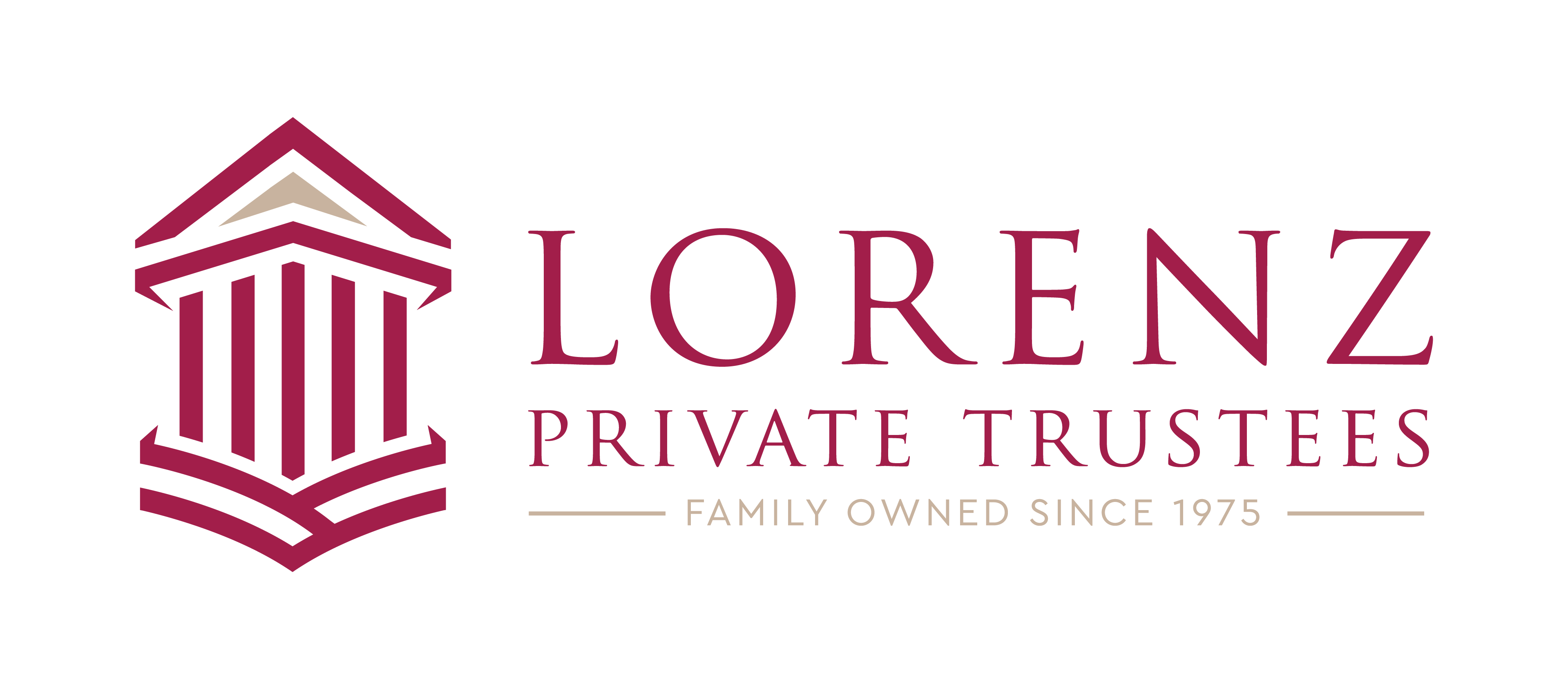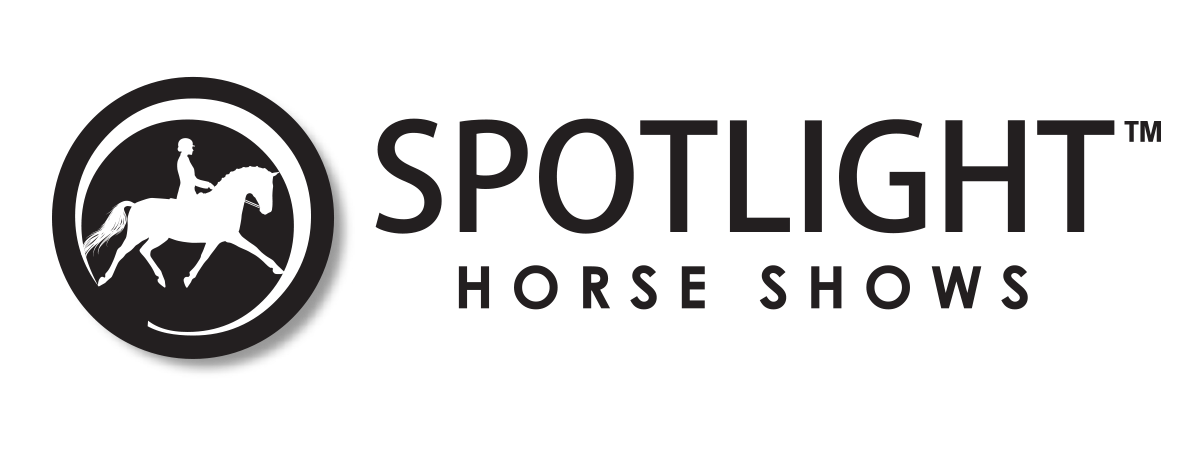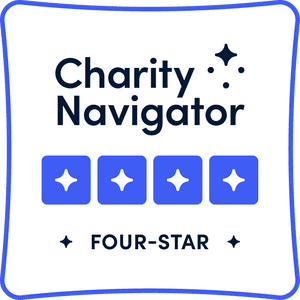2017 Barnett Continuing Education Grant Recipient: Heather Wilson Roller
I was excited to hear that the USDF Instructor/Trainer Workshops were going to be hosted so close to home, and immediately signed up. I was even more excited to receive the grant from The Dressage Foundation that would cover most of my expenses, because I didn’t know how I was going to pay for it when I signed up! Juggling family and career can present unique challenges to the female professional equestrian. Support from organizations like The Dressage Foundation really makes a difference!
The first two Workshops were paired together; Riding and Teaching with Sarah Martin. Sarah Martin is an extraordinary teacher, and I was quickly impressed with the curriculum and her delivery. Training and teaching are truly both art and science. The first day started with theory discussion. The discussion centered on the training scale, using correct terminology from the training scale, and planning a training session was very useful for me. Right away, this first day started changing my approach to both teaching and riding by giving me a framework to make what I already do more effective. Then we rode “familiar” horses that we brought ourselves. I brought a wonderful horse that I have had in training for a long time. She was so well behaved, I was caught off guard by it, and that is when I started to recognize my performance anxiety. I was disappointed in my ride because I had such a disoriented feeling, but my discovery of the performance anxiety was priceless by itself.
The second day started with more discussion before we were assigned to ride “unfamiliar” horses. I felt lucky to be assigned to a wonderful young horse that I really liked. We were to implement a training plan, and luckily I discovered that the plan I had been assigned the night before was a good fit for this horse with some minor adjustment. Alas, my performance anxiety was even worse than the day before, and I couldn’t even find the quarter line! At one point, my strange behavior in the saddle caused the instructor to admonish me quite sharply, which helped to snap me out of it a bit, but it was clear to me that I had something I needed to work on if I ever planned on testing.
Day three began the teaching portion. The theory discussion became more geared to teaching the rider, instead of the horse. Again, more emphasis on the training scale, terminology and organizing a training plan. In the afternoon, we taught our first volunteers. My performance anxiety didn’t keep me down this time, I think because I am more accustomed to my teaching being critiqued than my training. In addition to trying to incorporate more training scale terminology into the lesson, I worked on positioning myself differently in the arena so that I can better see the balance of the rider and her aides. This was harder than I thought! The discussion on the fourth day had more focus on technique and style. I found this part to be just as important as the technical, because I find every horse and rider needs something a bit different. We had another shot at practicing the teaching portion. I had another wonderful horse and rider volunteer, but this lesson was more challenging to me. In addition to practicing what I had worked on the day before, I had to manage a lesson that just didn’t flow really well. All of us have those from time to time, but it is more likely in this setting. This is where the structure and terminology that the USDF promotes becomes an even more powerful tool.
I admit, I had not anticipated learning so much at these workshops when I signed up. I mistakenly had the idea that they were to learn how to do the testing. Instead of merely learning how to negotiate the testing, I gained a number of effective tools to add to my tool box. I worked on incorporating as much of the methodology as I could into my regular training rides and lessons, and definitely felt that it added value for my clients and helped me grow in my skills as a trainer and instructor. Also, I found Sarah Martin to be a very good coach and mentor through the process. She seemed to have a knack for quickly identifying each participant’s weakness, and helped us to understand how to improve our skills.
The third phase of the program is the Lunging Workshop, which we attended at the end of the summer. I truly did not know what to expect, and had learned from my first experience not to attend with prejudice. I completed the eTrak homework ahead of time, and was intrigued. I pride myself on my lunging and ground work skills, but at the same time, I now realize I had never been instructed in the classical art of lunging that the USDF promotes in this program. Our instructor for this phase was Sarah Geikie, another extraordinary teacher. The quality of the Faculty itself has boosted my faith in the USDF Instructor/Trainer Program! This Workshop had a surprisingly more profound effect on my training system than the other two. Like the riding and training portions, the first day included much discussion of the training scale and the use of terminology and identifying the qualities, or the lack thereof, in the horses we were evaluating. The afternoon practical sessions had us lunging with the tools and ideas we discussed in the morning. I had been practicing the recommended procedures and using the equipment before attending the Workshop, but I still found that more challenging with an unfamiliar horse. The best part, however, was learning how to use the contact and driving aides in a way that was just like riding classically! Much like the first Workshop, however, I had quite a battle with performance anxiety. This time, I nearly blacked out, and constantly fumbled with the lunge line, which is a big safety issue. The second day discussion had more emphasis on safety issues because we were going to be lunging riders. I really enjoyed many of the recommendations on instructing the rider in a lunging lesson, both from eTrak and from Sarah’s lecture. Sarah discussed using exercises in a rhythm, and what exercises are more useful for developing balance, strength, or flexibility for the rider. Also, there were some great pointers on how to identify certain weaknesses in the rider from the middle of the circle, which is not the most advantageous position to see the rider’s lateral balance. My practical session contained much of the same performance anxiety as the day before, and I was very disappointed to struggle with some issues that are safety concerns while lunging the rider. I found the general protocol to be helpful to keep me organized, but that didn’t stop me from fumbling the lunge line. Sarah also helped me to redirect some of my focus to the rider’s use of her hands, which isn’t the most intuitive thing for me to work on in the context of a lunge lesson. At the end of the weekend, at the time that we got to read our evaluations and discuss them with the instructor, Sarah helped me come up with some strategies to deal with my performance anxiety, which has since helped to set me on a path to learning how to overcome it.
Following the regular workshop series, I was lucky to have the opportunity to participate in a Refresher Course, instructed by Debbie Bowman, who I found to be another shining example of the USDF Faculty! Debbie delivered a fresh perspective within the curriculum that had already been established. She also further challenged my technical skills. I certainly felt prepared for the format, content, and was ready to battle my performance anxiety. The Refresher Course helped to hone the tools I had gained in the first three Workshops, and practice the testing format in a faster pace. Also, I am thrilled and relieved that my new skills in managing my performance anxiety held up under pressure!
I am grateful to The Dressage Foundation and USDF for the opportunity to further my education as a professional! I am looking forward to the testing in April, and feel well prepared.


